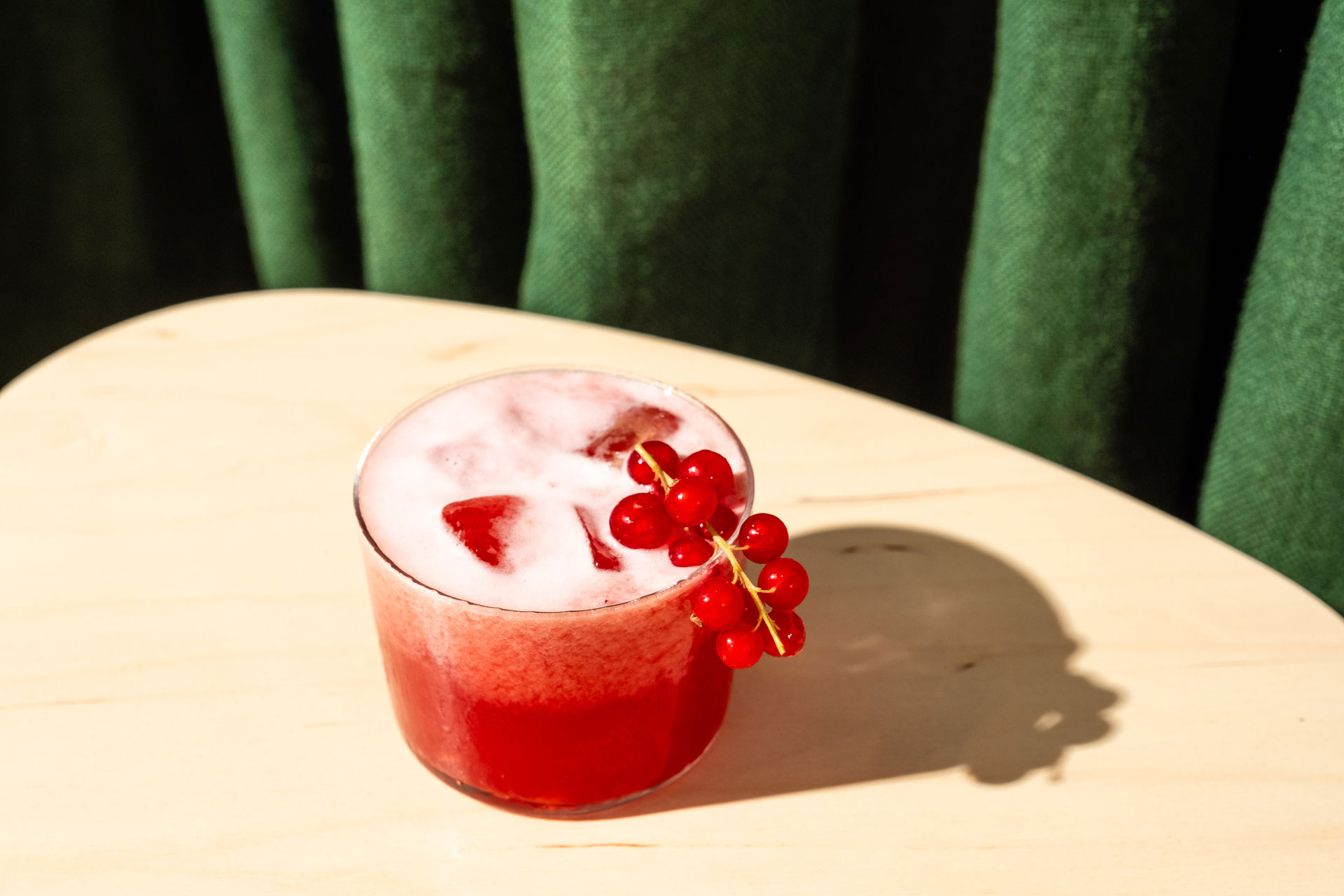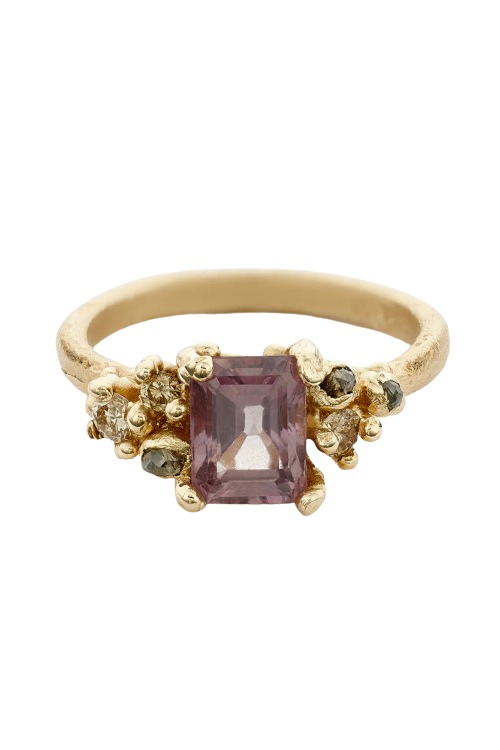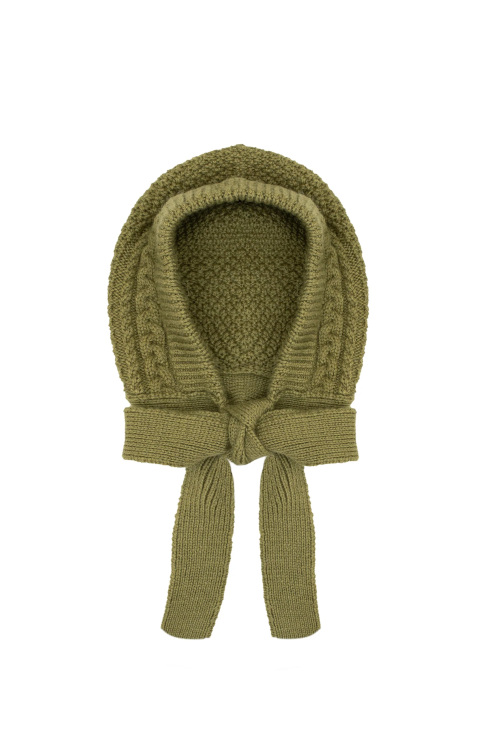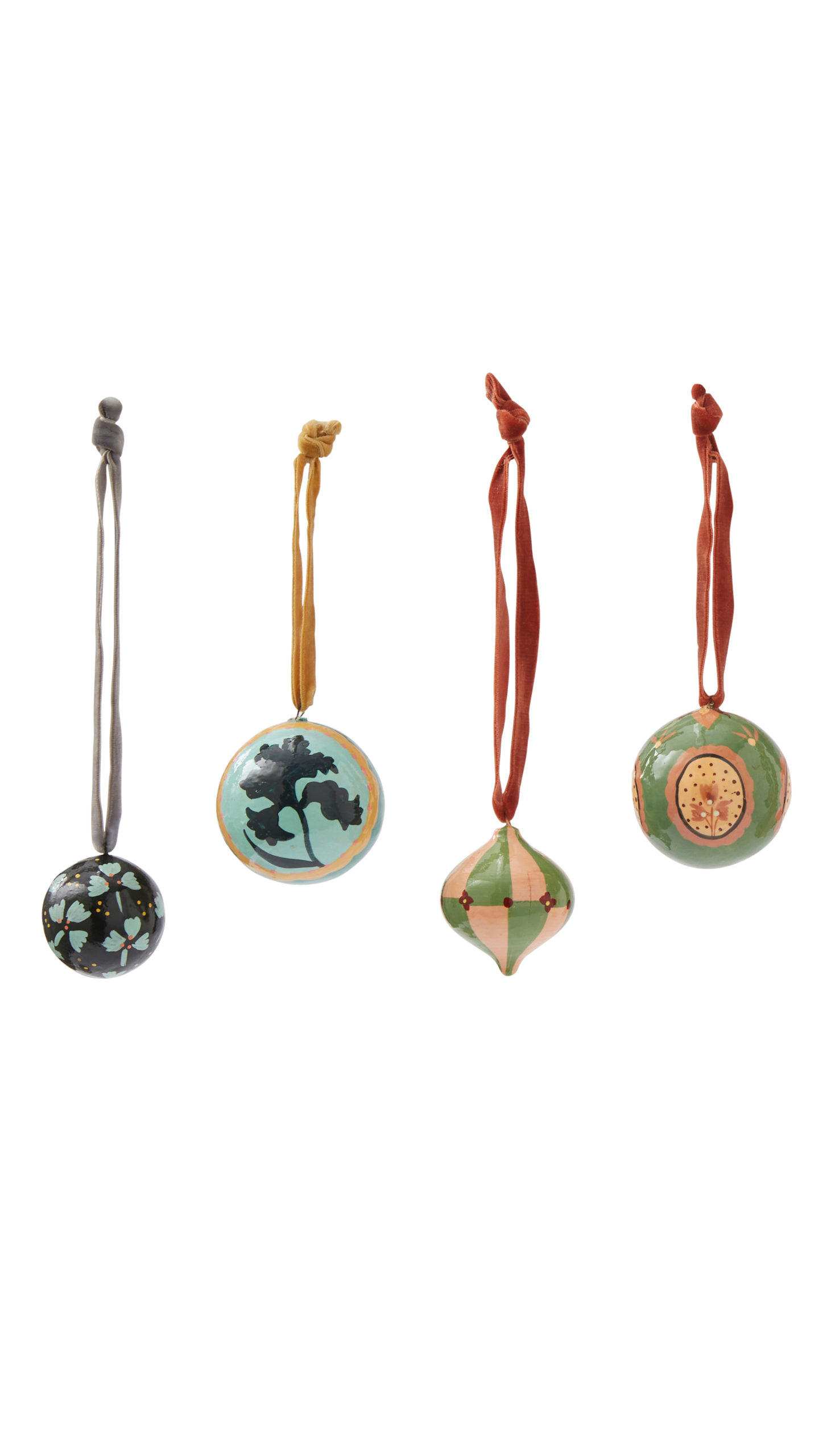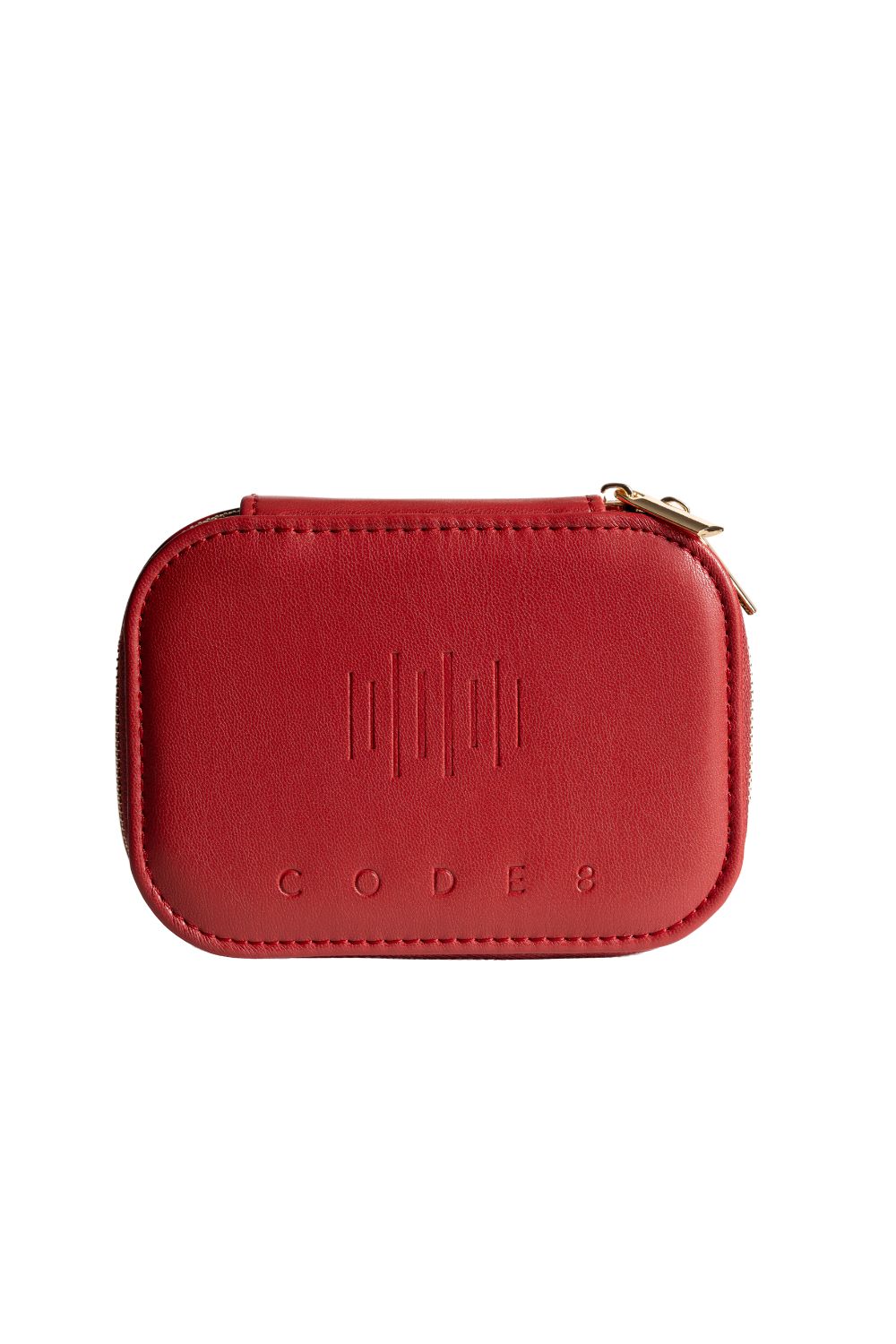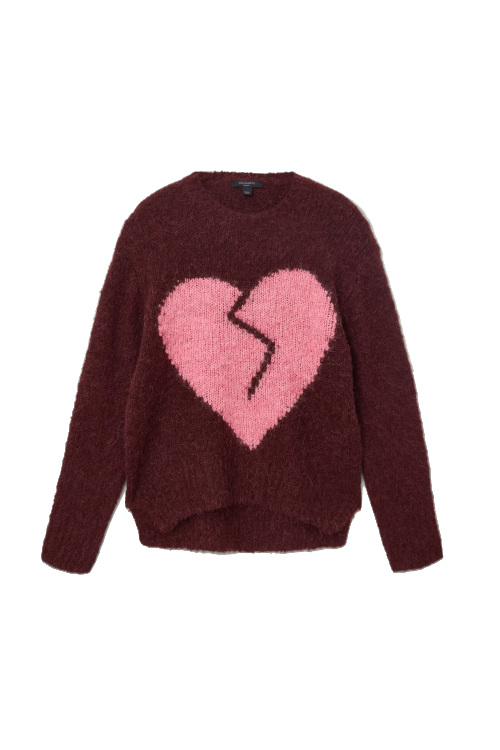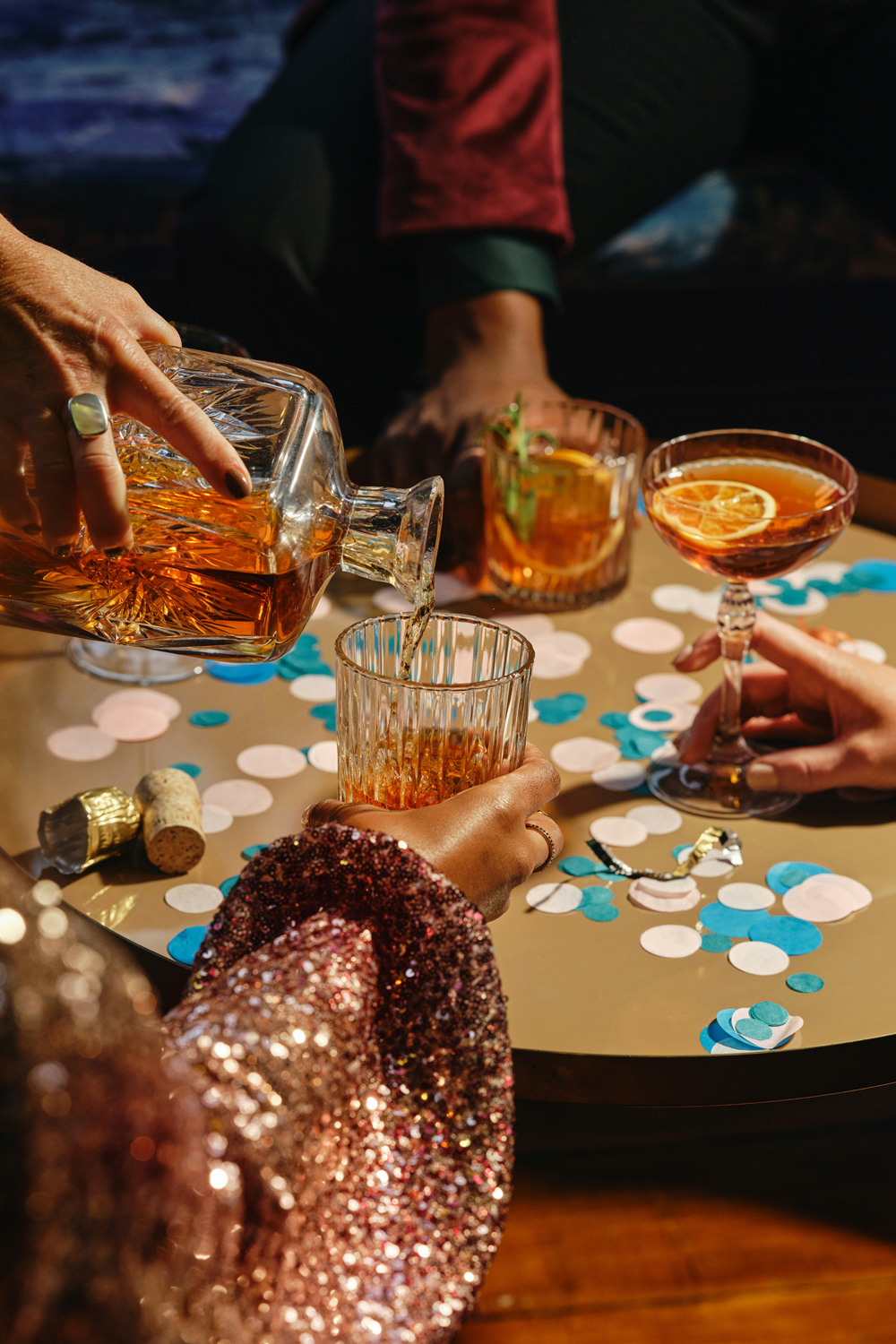
Is Zebra Striping The Drinking Hack We Need This Party Season?
By
1 year ago
This is one of 2024's hottest drinking trends
Are you already dreading all the hangovers you’ll be battling this December? A very simple hack could be the answer to those post-party headaches. Enter zebra striping: a buzzy mindful drinking method which has seen a steady rise this year, according to Waitrose’s 2024 trends report.
What Is Zebra Striping?
Drinking culture has changed dramatically in recent years. The rise of the sober-curious movement, plus a surge in the low and no market has triggered a decline in alcohol consumption in the UK. According to Alcohol Change UK, 20 percent of the population don’t drink anything at all. And among those who don’t want to go teetotal, many are looking to reduce their intake – hence why zebra striping is having a moment.
So what is it? Well, this party tactic is simple: it involves consuming one alcoholic drink followed by one non-alcoholic drink. While the method itself is nothing new (savvy drinkers have long chased G&Ts with a glass of water), trendspotters have noticed an uptake recently – plus the snazzy new term has brought zebra striping into the limelight.
According to a report by Kam Insight, around a quarter of British adults are doing it regularly – even more so among Gen Z, with 78 percent saying they often combine alcoholic and non-alcoholic drinks on a night out.
‘The way customers consume alcohol has changed,’ says Pierpaolo Petrassi, Waitrose’s head of beer, wine and spirits. While once pub sessions meant an endless stream of pints, now the experience has become ‘more syncopated, with food and a variety of different drinks that may or may not contain booze.’
What Are The Benefits?
It’s not hard to see the benefits of zebra striping. As Professor David Nutt, neuroscientist and co-founder of Sentia Spirits, puts it, this method ‘reduces the total amount of alcohol taken in any evening or any drinking session’, which will lessen – or perhaps even eliminate – the hangover. You’re essentially cutting your alcohol consumption in half, which will significantly improve how you feel in the morning due to the sheer reduction in volume.
Alcohol has a dehydrating effect on the body, particularly when consumed in large quantities, but interspersing your drinks with non-alcoholic versions can help maintain fluid levels in the body. Naturally, water is optimum, but other beverages can help too (although anything with caffeine in is best avoided).
For extra brownie points, opt for drinks with added health benefits: kombucha, for instance, is great for gut health. Alternatively, keep up that buzzy feeling with a new-age drink like Nutt’s brand Sentia, which uses GABA (gamma-aminobutyric acid) to mimic the relaxing effects of alcohol.
Of course, this is just one of many ways to drink more mindfully over Christmas. Nutritionist Kim Pearson recommends having at least two completely alcohol-free days each week, and trying to stick to the recommended weekly intake, which is 14 units per week. ‘What does that mean in real terms? Fourteen units does not mean 14 drinks,’ she tells us. ‘It’s the equivalent to six average strength pints of beer or cider, six small (175ml) glasses of wine or six double shots of spirit. We should all be aiming to consume no more than six drinks containing an average percent alcohol over the course of a week.’

